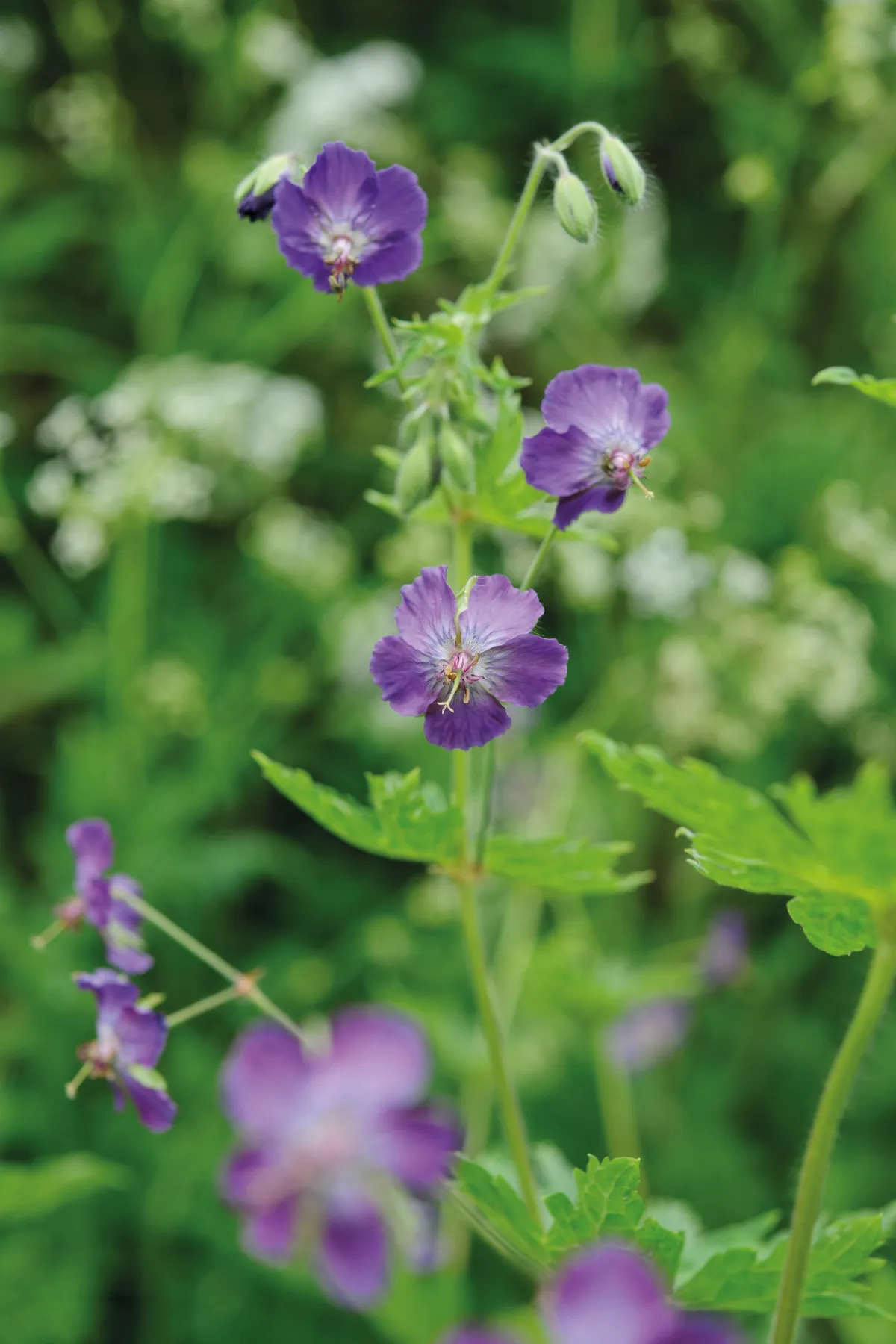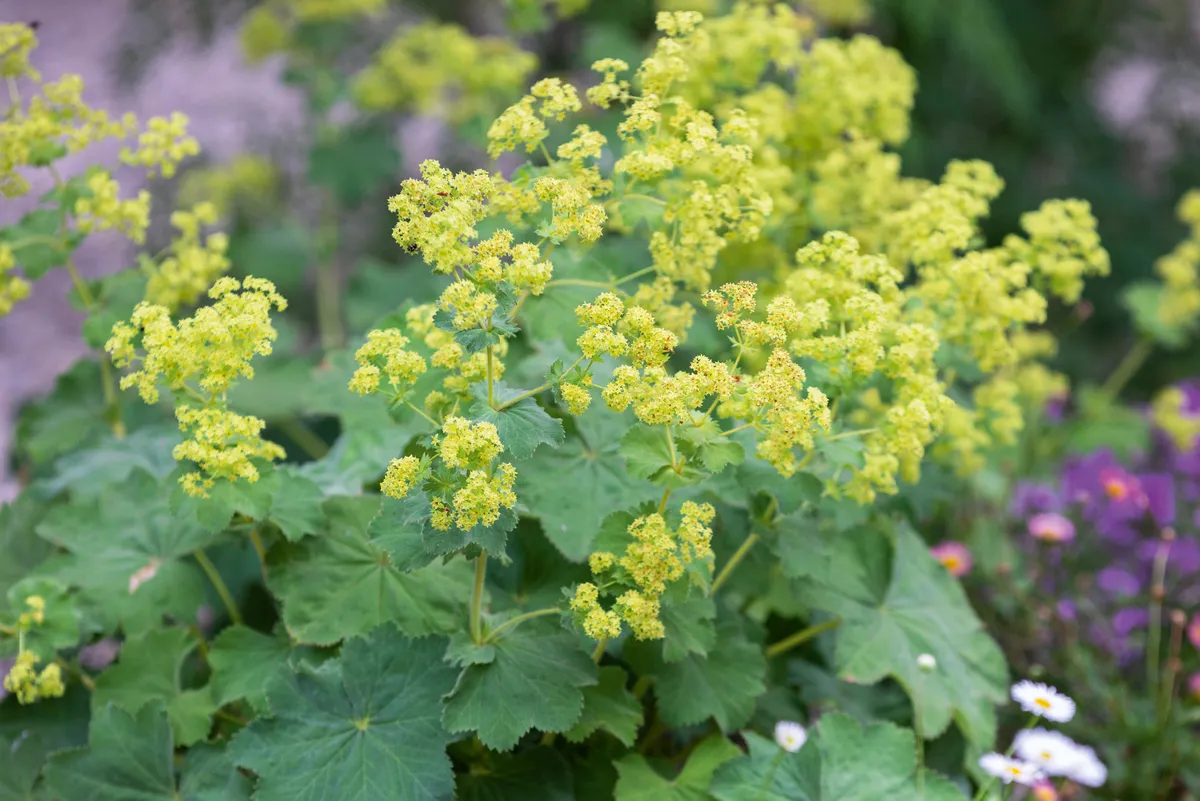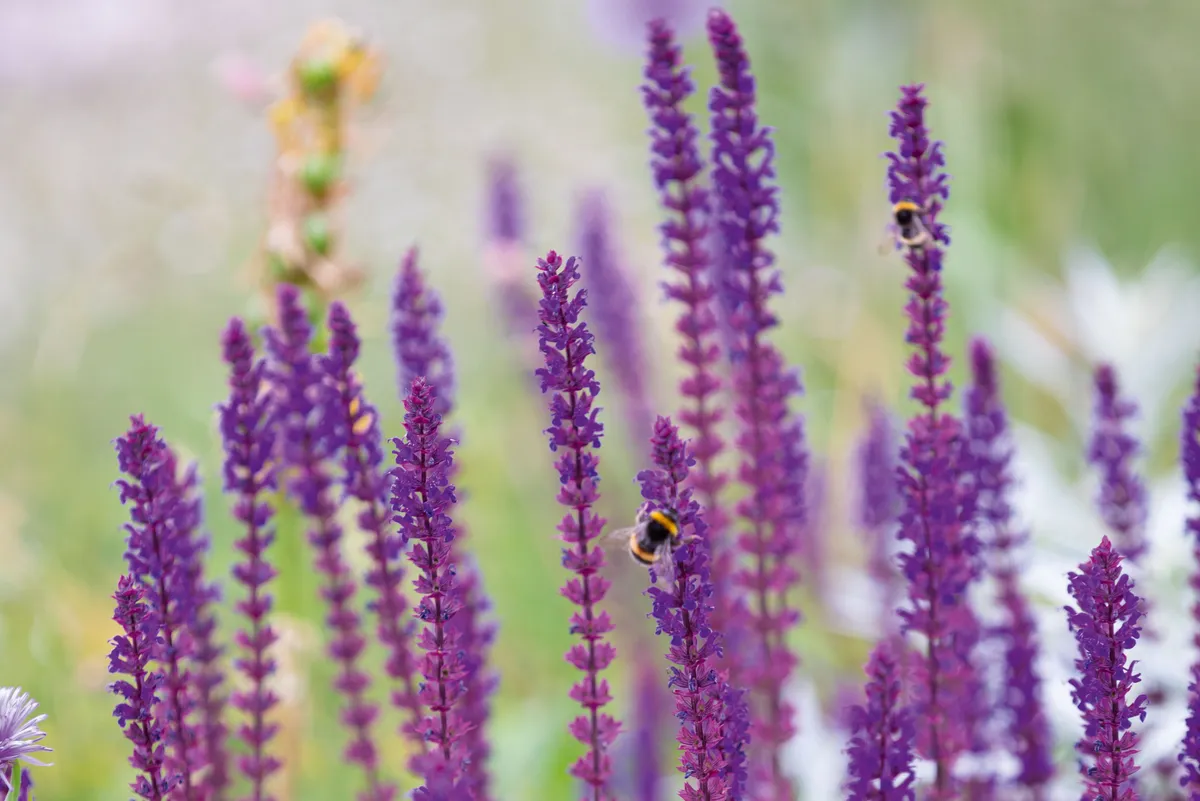The Hampton Hack is a gardening technique, along with the Chelsea Chop, that takes its name from a flower show. While the Chelsea Chop involves cutting certain plants back before they flower, the Hampton Hack means cutting different plants back after they have flowered.
The Hampton Hack prevents plants that have flowered looking tired and straggly – it promote fresh, green growth and often a new flush of flowers.
What is the Hampton Hack?
The Hampton Hack involves cutting back early summer flowering herbaceous plants to just above ground level, just after flowering. This encourages a flush of new foliage and further flowers and prevents self-seeding.
How to do the Hampton Hack
This is not a job that calls for precision and delicacy. Use your shears to cut the whole plant down as close to the base of the stems as you can. Feeling apprehensive the first time that you do this is normal. Hold your nerve, cut back the whole plant, and in a week or so young foliage and flower-buds will be replacing the mess you have removed.
- Cut back early summer flowering herbaceous plants to just above ground level, soon after they have flowered. You can use secateurs or ideally, shears.
- Water and apply a general fertiliser help to promote regrowth.
When to do the Hampton Hack
As its name suggests, the Hampton Hack is done around the same time as the RHS Hampton Court Palace Flower Show, which takes place in early July.
Plants to Hampton Hack
Hardy geraniums

Gardeners sometimes think that hardy geraniums benefit from the Chelsea Chop, but it is better to do a the Hampton Hack. Geraniums measuring more than 30cm tall tend to flop over and become unsightly after flowering. It is especially useful on Geranium sylvaticum, Geranium endressii and Geranium phaeum. Cutting hardy geraniums down will produce a new flush of foliage and usually a second burst of flowers.
Don’t be half-hearted about cutting them back. Take a pair of shears and chop the whole plant back to about 10cm from the ground.
Read our detailed guide to growing hardy geraniums.
Alchemilla mollis

The Hampton Hack is a useful way to manage Alchemilla mollis after flowering and prevent it from becoming a weed – it self seeds readily. Again, cut back to ground level.
An alternative approach to controlling lady’s mantle is to pull off the flowered stems at the base immediately after flowering.
Perennial salvias

Perennial salvias such as Salvia nemorosa 'Caradonna' can be cut back after flowering in June/July, and potentially after it has flowered again in August - this could keep them flowering into October.
Cutting back perennials for foliage
Even those plants that will not re-flower significantly after being cut back will produce fresh, healthy foliage. These include:
- Acanthus
- Actaea
- Aruncus
- Bergenia
- Epimedium
- Iris
- Peonies
- Lilies
- Ligularia
- Melittis
- Oriental poppies
- Pulmonaria
- Rodgersia
